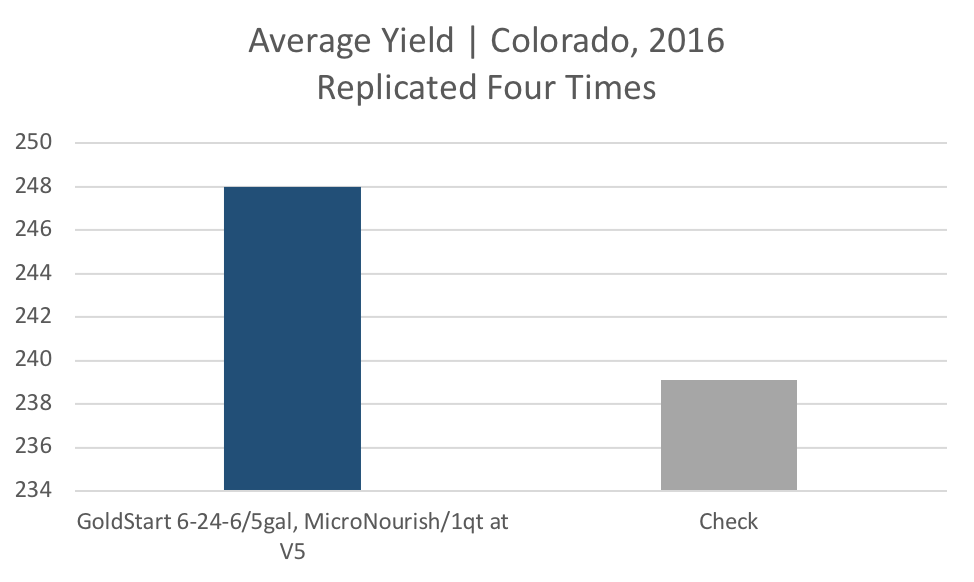Agronomy Update June 2018
Posted on June 13, 2018

MANAGEMENT
By David Dyson, Agronomist
When my kids start complaining about their teenage angst, the saying around my house is: “Do you need a tissue for your issue?” In the agriculture world, sometimes taking a tissue sample can make you aware of an issue before yield damage has occurred.
Tissue sampling is not a silver bullet that can solve every problem a crop is enduring, but it can provide a snapshot of what is happening with the crop at that moment. Nutrient deficiency symptoms are not always caused by a lack of nutrients in the soil. Other factors can be to blame such as poor root development, unfavorable soil conditions, or weather. Plant tissue sampling helps identify the problem and determine a corrective action.
A plant tissue analysis will show the nutrient status of the plants during the growing season and detect unseen or hidden hunger. Plant tissue analysis can also supply information to confirm visual deficiency symptoms. Different deficiencies can present very similar visual symptoms. Figure 1 shows a corn plant that was suffering from magnesium deficiency, confirmed through tissue sampling. Figure 2 shows almost identical visual symptoms, but this time, the plant was suffering from sulfur deficiency, again confirmed through tissue sampling. Though usually used as a diagnostic tool for future correction of nutrient problems, a plant tissue analysis from young plants will allow for a corrective fertilizer application that same season.

Figure 1: This image shows magnesium deficiency in a young corn plant, later confirmed by a tissue test. This picture was taken in 2017 outside of Silver Lake, IN.

Figure 2: This image shows a sulfur deficiency in a young corn plant, confirmed by a tissue test. This picture was taken outside of Bennett Switch, IN, in 2018.
There are three important stages in a corn plant’s life: V5, V10, and R1. In being proactive through tissue sampling, we can learn which nutrients may be limiting crop growth and development, and correct these deficiencies. Tissue sampling can pinpoint nutrient deficiencies at these critical growth stages, allowing us to make adjustments before yield potential is compromised.
The reason for an early sample at V5 in corn is to determine any nutrients that may be limiting plant growth and development. The corn plant is determining the number of rows around the ear at this stage. This gives us an opportunity to correct with an in-crop application of a foliar fertilizer. Sampling tissue at V10 allows us to determine if the crop has the nutrients it needs as ear length is being set. R1 testing allows us to determine the effectiveness of previous adjustments made earlier in the growing season. As plants transition into a reproductive stage, we can defend yield by adding nutrients into an aerial application. Sulfur and boron, for example, are essential nutrients for pollination and grain fill.
In conclusion, utilize tissue sampling to help determine which products to apply and when to apply them. As a reminder, many different deficiencies can show the same symptoms in crops. As I always suggest, “Don’t guess, tissue test!”
RESEARCH
By Dani Kusner, Agronomist & Jessica Stacy, Agronomist
The Andersons provides high-quality products specifically designed for foliar application in the PureGrade® and MicroSolutions® product lines. Nutrients enter the leaf and travel rapidly throughout the plant causing the root system to increase nutrient and water uptake. The results are higher quality crops and more bushels per acre. This month, we take a look at three foliar products – Super 72TM, Phosfix®, and MicroNourish® - and the yield gain they have provided in trials.
Super 72 is a premier slow release nitrogen product best applied at V8 or prior, at which time the majority of nitrogen begins to be utilized in the plant. In the study below, Super 72 was foliar applied at a rate of 2 gallons per acre at V8. A yield advantage of 30.3 bushels per acre was observed compared to the untreated check.

Phosfix is a liquid NPK and biostimulant source meant to increase phosphorous availability and boost plant growth, particularly if you have had wet weather or slow phosphorous uptake since planting. In the trial below, Phosfix was foliar applied at V5 at a rate of 1 pint per acre. The treatment yielded a 6.5 bushel advantage over the untreated check.

When applying foliar fertilizers, do not forget about your micronutrients! MicroNourish is a combination of nitrogen, sulfur, boron, manganese and zinc. Micronutrient deficiencies can be diagnosed through visual observation or tissue testing. In a Colorado study, MicroNourish was foliar applied at V5 at a rate of 1 quart per acre. A yield advantage of 8.9 bushels per acre was observed over the untreated check.

A properly crafted fertility program leads to the success of your crop today, tomorrow, and in the future. In combination with your low salt starter application, foliar fertilizer helps keep the plant strong to resist environmental stresses, increase nutrient levels in the plant, and stimulate growth.
FOR MORE INFORMATION:
Please complete the form, and we’ll get you in touch with your Territory Manager from The Andersons.
©2018 The Andersons, Inc. All rights reserved. PureGrade, MicroSolutions, GoldStart, Phosfix, and MicroNourish are registered trademarks of The Andersons, Inc. Super 72 is a trademark of The Andersons, Inc.


